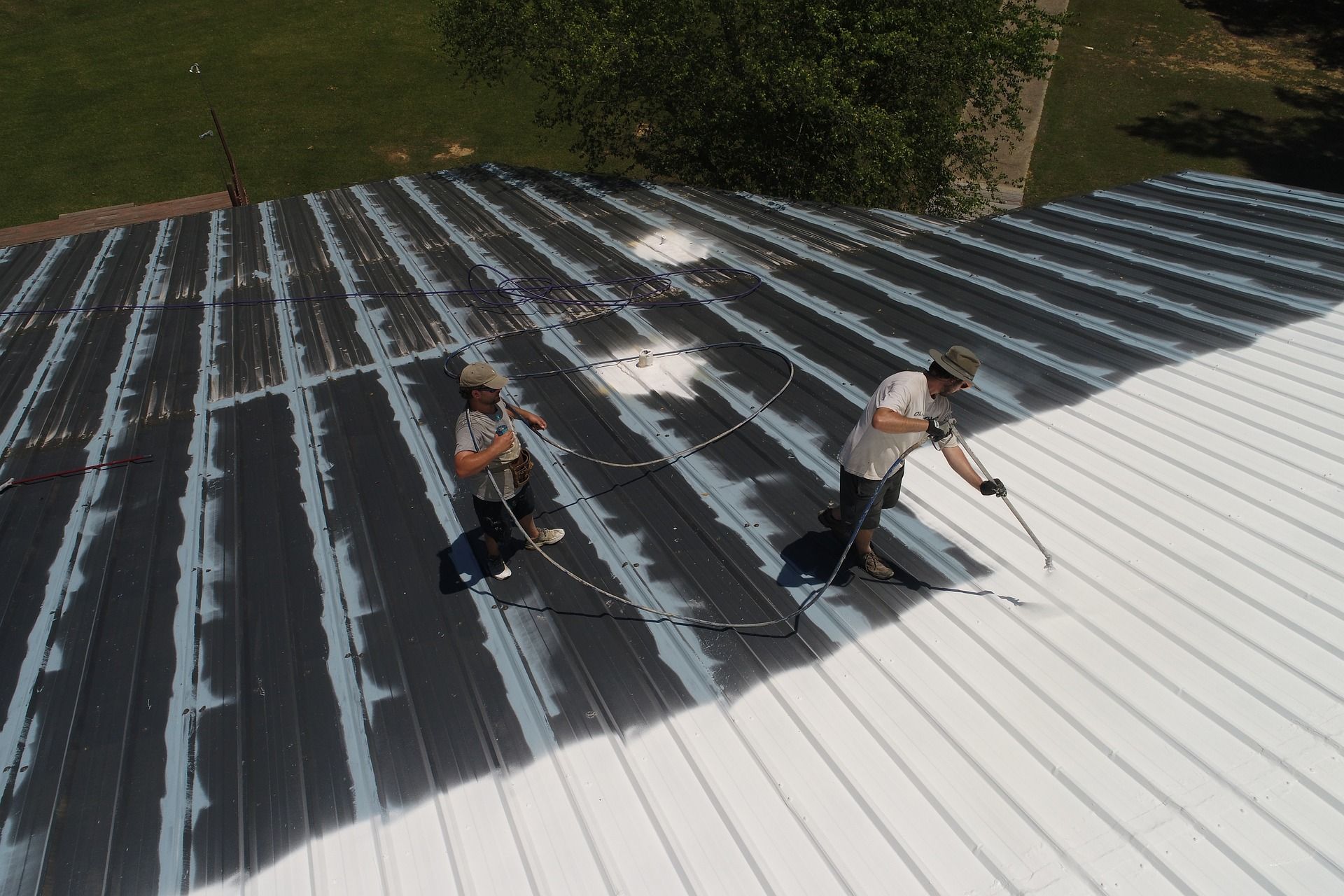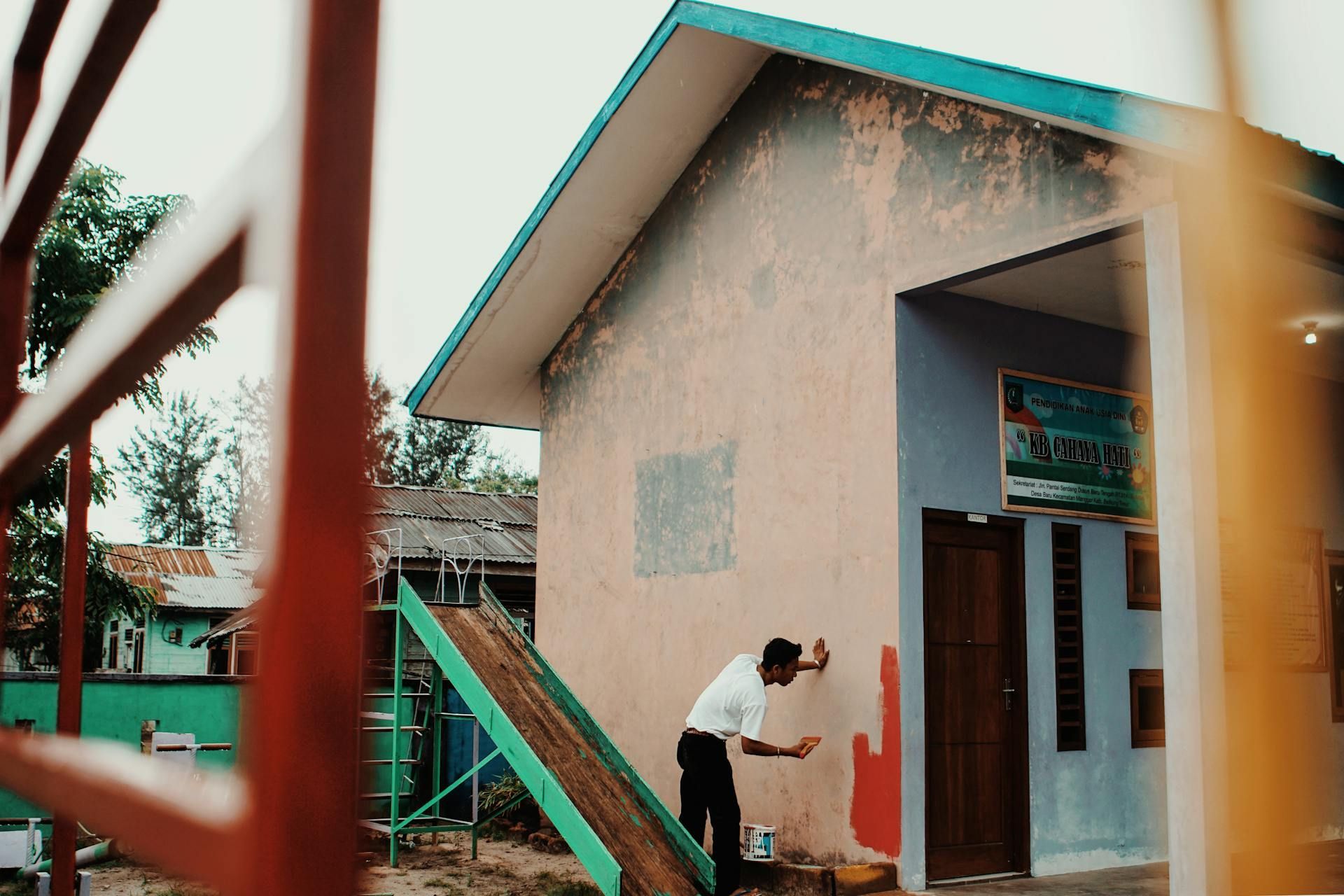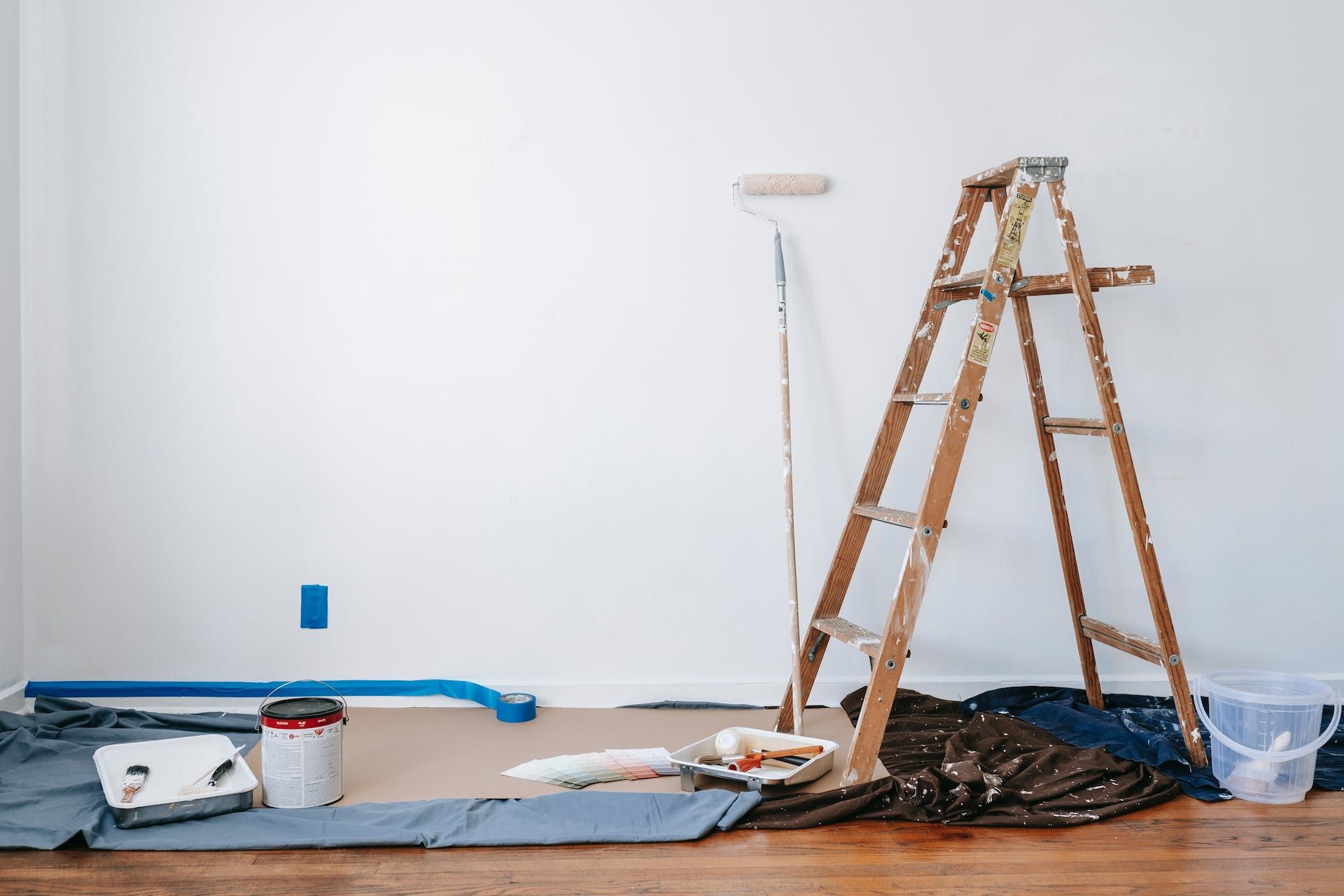Essential Tips for Painting High Ceilings
Are you tired of staring at bare, bland ceilings in your home? Painting high ceilings can be a challenging task, but with the right tips and techniques, you can easily transform your space into a stunning masterpiece. Whether you’re looking to add a pop of color or create an illusion of more height, here are some essential tips for painting high ceilings.
Have you ever wondered if there's an easier way to paint high ceilings? Well, look no further! In this guide, we will explore essential tips for painting those hard-to-reach areas and revolutionize your ceiling-painting experience.
No more struggling with ladders or feeling frustrated with uneven strokes. We will delve into the secrets of choosing the perfect paint color, preparing the ceiling surface, and selecting the right tools and equipment for the job.
Say goodbye to the days of back-breaking work and hello to a more efficient and innovative approach to painting high ceilings. So, let's get started and transform your space with these essential tips!
Choosing the Right Paint Color
When choosing the right paint color for painting high ceilings, consider your personal preferences and the overall aesthetic of the room. Color psychology in interior design plays a crucial role in creating the desired atmosphere and mood. Innovative homeowners like yourself understand the importance of selecting the perfect color to enhance the space.
To start, think about the overall vibe you want to achieve in the room. Are you looking for a calming and serene ambiance or a bold and energetic one? Cool colors like blues and greens can create a tranquil environment, while warm colors like yellows and oranges can add vibrancy and warmth. Consider the purpose of the room as well. For example, soft neutrals like beige or light gray can create a soothing atmosphere in a bedroom, while a vibrant red can energize a home office.
Another factor to consider when painting high ceilings is the texture of the surface. Textured surfaces can pose a challenge when it comes to achieving a smooth and even finish. To overcome this, opt for a paint with a thicker consistency, such as a satin or semi-gloss finish. These types of paint can help hide imperfections and create a more uniform appearance. Additionally, using a long-handled roller or extension pole can make it easier to reach high areas without straining yourself.
Preparing the Ceiling Surface
To ensure a smooth and professional finish, begin by thoroughly cleaning the ceiling surface. Preparing the ceiling surface is crucial before painting, as it helps to minimize paint splatter and ensures that the paint adheres properly. Dust and dirt on the ceiling can interfere with the paint application, resulting in an uneven finish.
To clean the ceiling, start by removing any cobwebs or loose debris using a broom or vacuum with a brush attachment. Next, wipe the surface with a damp cloth or sponge to remove any remaining dust or grime. If there are any stains or grease marks, use a mild detergent solution to gently scrub the area before rinsing it thoroughly and allowing it to dry completely.
In addition to cleaning, it's important to repair any imperfections on the ceiling surface. Fill in any cracks, holes, or dents using a patching compound or spackling paste. Smooth out the repaired areas with sandpaper to create a seamless finish. If the ceiling has a textured surface, consider using a primer specifically designed for textured surfaces to ensure proper adhesion of the paint.
Lastly, protect the surrounding areas by covering furniture, floors, and walls with drop cloths or plastic sheets. This will prevent any accidental paint splatter from damaging your belongings or surfaces. Use painter's tape to mask off any areas that you want to keep paint-free, such as light fixtures or crown molding.
Selecting the Appropriate Tools and Equipment
To ensure success in painting your high ceilings, you'll often need to carefully select the appropriate tools and equipment for the job. When it comes to selecting the correct ladder, it's crucial to prioritize safety and stability. Look for a ladder that's adjustable and has a wide base for maximum stability. It should also have non-slip feet to prevent any accidents.
Opt for a ladder made from lightweight materials, such as aluminum, to make it easier to maneuver and transport. Additionally, consider using an extension pole to reach those hard-to-access areas without the need for a ladder. An extension pole allows you to attach a roller or a brush to its end, enabling you to paint the ceiling while standing on the ground.
Make sure to choose an extension pole that's sturdy and can be extended to the required length. Look for one with a comfortable grip and a locking mechanism to ensure it stays in place. With the right ladder and an extension pole, you can safely and efficiently paint high ceilings while minimizing the risk of accidents.
These innovative tools won't only make your painting project easier but also save you time and effort. So, don't hesitate to invest in the right tools and equipment to achieve professional results when painting your high ceilings.
Using the Right Painting Techniques
To achieve professional results when painting high ceilings, it's essential that you employ the right painting techniques. When it comes to minimizing paint splatters, there are a few tips that can make a big difference.
First, make sure to cover the floor and surrounding furniture with drop cloths or plastic sheets to protect them from any accidental drips or splatters. Additionally, using a paint roller with a smaller nap can help to reduce the amount of paint that splatters onto the floor. Another helpful tip is to use a paint shield or a piece of cardboard to hold against the ceiling while you paint. This can help catch any paint that may splatter and prevent it from spreading to unwanted areas.
Creating seamless paint strokes is another important technique to master when painting high ceilings. One key tip is to use an extension pole to reach the higher areas of the ceiling. This won't only make it easier to reach, but also help to create smoother strokes.
When painting, start from one corner of the ceiling and work your way across in small sections. This will ensure that the paint is applied evenly and that you can maintain control over the brush or roller. Additionally, be sure to overlap each stroke slightly to create a seamless finish.
Dealing With Hard-To-Reach Areas
Navigating hard-to-reach areas can be challenging when painting high ceilings. However, with the right techniques and tools, you can overcome these obstacles and achieve a flawless finish.
When it comes to reaching corners and other difficult-to-access spots, there are a few innovative strategies you can employ.
One effective method is to use a ladder with adjustable legs. This type of ladder allows you to customize the height of each leg, making it easier to position the ladder in tight spaces. Additionally, using a ladder with a platform or paint tray attachment can provide a stable surface for you to work on, reducing the risk of accidents.
To ensure thorough coverage in high corners, consider using an extendable paint roller. These rollers come with an adjustable handle that can extend to reach higher areas. They also allow you to attach an extension pole, giving you even more reach. By using this tool, you can easily access those hard-to-reach corners without straining yourself or compromising the quality of your work.
In some cases, you may need to resort to using a scaffold or a scissor lift. Although these options require more effort to set up, they provide a stable and secure work platform, allowing you to access even the most challenging areas with ease.
When tackling hard-to-reach areas, it's crucial to prioritize your safety. Ensure that your ladder or platform is stable and secure before attempting to paint. Take breaks as needed and listen to your body to prevent strain or fatigue.
Frequently Asked Questions
Trust the Professionals
If you are planning to give your home a fresh new look with a fresh coat of paint, look no further than Carvel Painting. With their impeccable track record and attention to detail, you can trust them to transform your space into a work of art.
One of the most crucial aspects of any painting project is finding a reliable and professional team that you can trust to deliver exceptional results. Carvel Painting has built a solid reputation for themselves as a leader in the painting industry, with countless satisfied customers to attest to their expertise.
When it comes to painting, attention to detail is paramount. The team at
Carvel Painting understands this and takes pride in their meticulous approach to every project they undertake. From the initial consultation to the final brushstroke, they ensure that every aspect of the painting process is handled with utmost care and precision.










